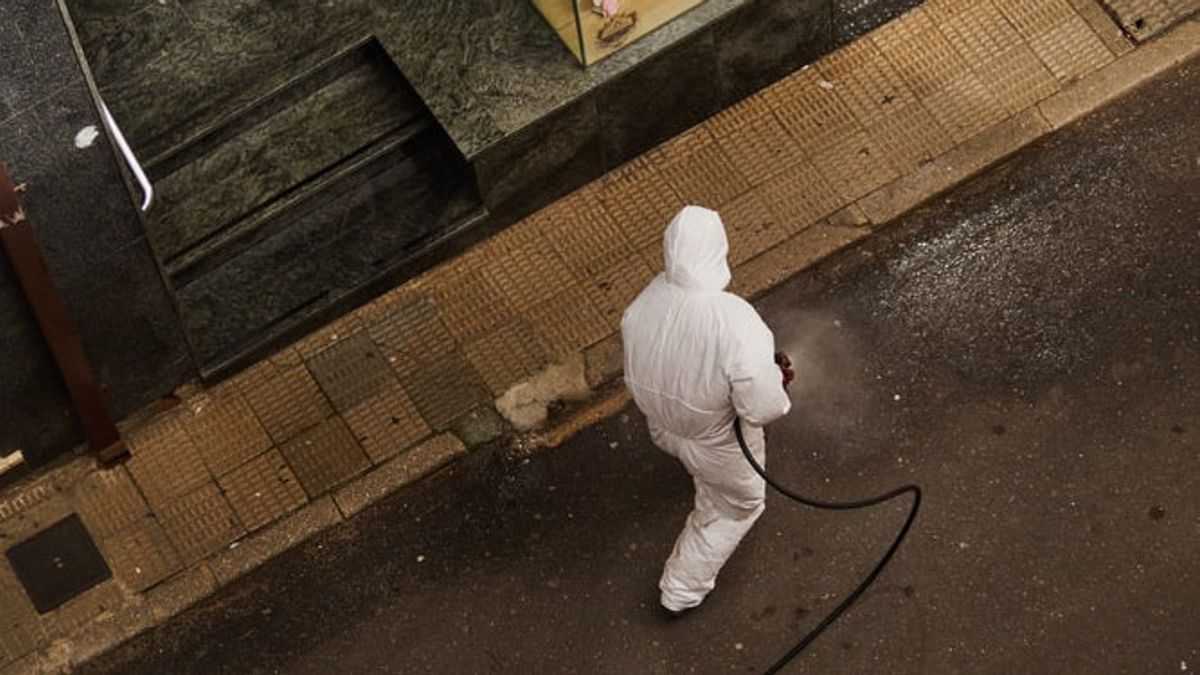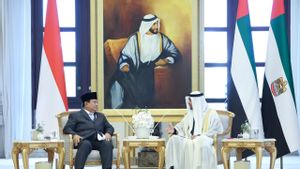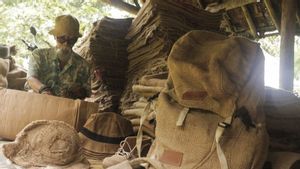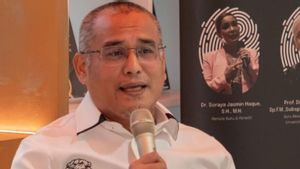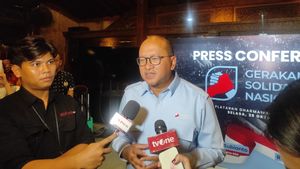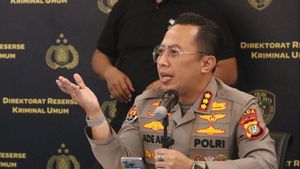JAKARTA - Russian President Vladimir Putin said that his country has succeeded in suppressing the spread of COVID-19. Putin also claimed his country managed to manage the situation thanks to early and aggressive steps to prevent more people from catching the virus.
The number of confirmed cases of Russian COVID-19 is low, even though Russia shares a long border with China and recorded its first case in January. Russia has 438 confirmed cases among its 146 million owned population.
This case is inversely proportional to Luxembourg which recorded 800 cases - eight of them died - from a total population of 628 thousand. His explanation, while the outbreak was only in China, Russia had closed its border with China on January 30. Russia also established a quarantine zone long before COVID-19 became a pandemic.
Another thing that Russia is doing is holding tests as early as possible. Since early February, Russia has been aggressively testing the public for COVID-19. This is in line with the repeated calls by the Director General of WHO, Tedros Adhanom Ghebreyesus, to world countries.
"Testing and identification of cases, contact tracing, isolation, these are all steps proposed and recommended by WHO, and they are in place all the time. Then, social distancing is the second component that really starts from the start," said Melita. Vujnovic, representative (WHO) in Russia
Rospotrebnadzor, Russia's state consumer watchdog, said it had run more than 156,000 COVID-19 tests in total. By comparison, according to CDC figures, the United States only took steps in testing in early March, while Russia said it had been testing en masse since early February, including at airports, with a focus on arrivals from Iran, China and South Korea.
However, nothing is perfect in this world. The hole in the prevention of COVID-19 in Russia is that they do not provide COVID-19 tests to those arriving from Italy or other badly affected EU countries. The majority of COVID-19 cases that have occurred in Russia are reported by the majority of people who have a travel history from Italy.
Charges Closing the case
However, the handling of COVID-19 has not always been smooth in the land of the Red Bear. Anastasia Vasilyeva, a doctor from the Russian opposition figure, Alexey Navalny, and leader of the Alliance of Doctors union, made headlines with a series of videos in which she claimed authorities covered up the number of people who had contracted COVID-19. According to them, many doctors diagnose COVID-19 sufferers only as suffering from pneumonia and respiratory infections.
"You see they said the first COVID-19 patient who died, that the cause of death was thrombosis. It's clear, nobody died from COVID-19 itself, they died from complications, so it's very easy to manipulate this case," said Anastasia. .
However, the WHO representative in Russia Vujnovic said that Anastasia's statement was not true and Anastasia was insensitive in seeing the ever-increasing case chart. "If there is something hidden and unknown somewhere, it will show in the reports. So I don't believe it is happening. You may not see an increase in cases in the next period, because we have seen that in many countries," said Vujnovic. .
The Russian public is also skeptical of what the Authority says. On social media, many citizens question their country's poor transparency, such as the closure of the Chernobyl nuclear disaster in 1986 and the country's failed response to the HIV / AIDS epidemic in the 1980s.
The news reports about the scarcity of protective equipment also sparked public outrage. Many people also have doubts about the reliability of the Russian testing system, which relies on one laboratory. A report shows that the only approved coronavirus testing system, produced by Vector in Novosibirsk, has a lower sensitivity than other virus tests.
This raises concerns about a false negative test result. David Berov, Moscow's first confirmed COVID-19 patient, said on Instagram that both tests came back negative, while the first and third tested positive.
"The virus was confirmed during the third test, not seen in my blood, but in my saliva. As I said, they could barely see it so that's why they were in doubt," wrote Berov on March 5.
Putin said the government may not have a complete picture of COVID-19, but it does not cover the number of cases. "This is the problem: the authorities may not have complete information, because sometimes people don't report it, and they themselves don't know that they are sick, and the latency period is very long ... But all the Ministry of Health delivers is all objective information, "said Putin.
Russia also noted that there are 30 to 50 cases every day and that number is likely to increase. However, WHO representatives in Russia still said it was still relatively minor.
The English, Chinese, Japanese, Arabic, and French versions are automatically generated by the AI. So there may still be inaccuracies in translating, please always see Indonesian as our main language. (system supported by DigitalSiber.id)
